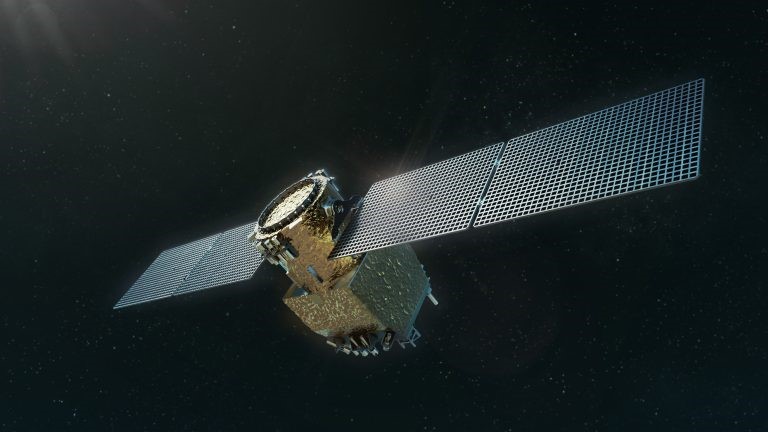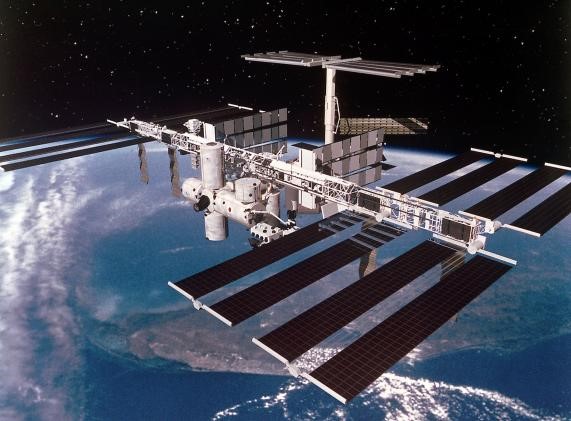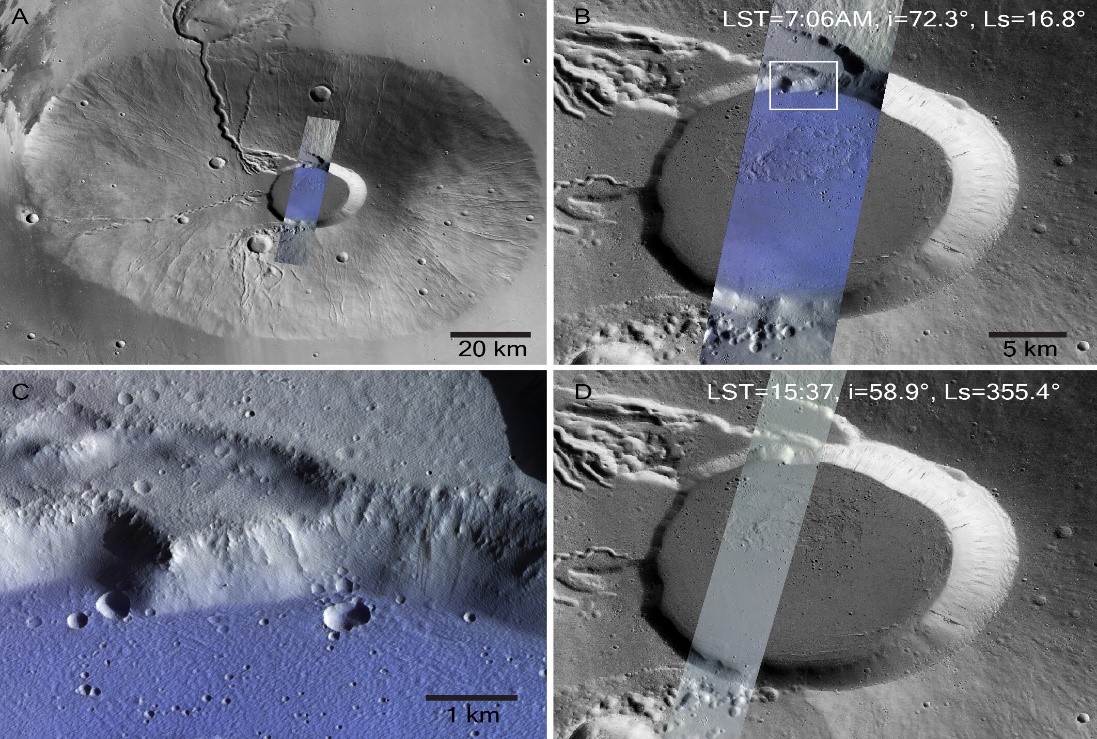Space Force Requests Orbital Service Station to Revitalize Defunct Satellites
The US Space Force program is in the process of developing a spacecraft roughly the size of a gas pump. Its primary objective is to refuel satellites in orbit, aiming to prolong the operational lifespan of satellites that have depleted their fuel rather than retiring them outright.

Figure 1. An artist's rendering of the APS-R, which will refuel other spacecraft in orbit.
Figure 1 shows an artist's rendering of the APS-R, which will refuel other spacecraft in orbit. As per Orbiting Now, there are presently 9,707 satellites orbiting the Earth. When certain satellites exhaust their fuel, they transition from being valuable space assets to contributing to space debris, despite being structurally sound. To address this challenge, the United States Space Force (USSF) granted $25.5 million to orbit-service provider Astro scale U.S. in January. This funding aims to facilitate the development of a refuelling solution as part of a broader initiative focused on maintaining the operational capabilities of government satellites post-fuel depletion.
"At the time," remarked Ron Lopez of Astro scale, "the introduction of in-air refuelling revolutionized the duration and reach of aircraft missions. Similarly, the space industry is poised for a transformative technological leap driven by fuel. I'm delighted that SSC has chosen Astro scale U.S. to develop APS-R, enabling the delivery of fuel to client spacecraft."
"This advancement in on-orbit servicing is poised to enhance the reach and manoeuvrability of satellites in orbit, enabling the USSF to maximize the utility of their operational assets. APS-R represents a paradigm shift in satellite design and operations, signalling a notable stride forward in the capabilities and sustainability of orbiting satellites."
This week, Astro scale U.S. enlisted the Southwest Research Institute (SwRI) to construct the host bus for the refuelling system, referred to as the Astro scale Prototype Servicer for Refuelling (APS-R).
Over the upcoming 16 months, SwRI will commence the construction of the fuel transport spacecraft at a newly established 74,000-square-foot facility in Texas. Its dimensions will be modest, measuring at 24 x 28 x 45 inches (61 x 71 x 114 cm), with a mass of 437 pounds (198 kilograms) when integrated with the refuelling package provided by Astro scale. The completion target for the bus is readiness for launch by 2026.
The system is slated to enter a geostationary orbit, ensuring its stationary position above a specific point on Earth. It will transport a propellant called hydrazine, sourced from a depot also in geostationary orbit, and deliver it to spacecraft requiring refuelling. SwRI indicates that the system is designed to be compatible with any spacecraft equipped with a matching refuelling port.
"New methods for extending the lifespan of satellites have surfaced, including a vehicle capable of utilizing its thrusters to propel another spacecraft to its destination once it depletes its fuel," stated Steve Thompson, the SwRI project systems engineer. "Introducing a refuelling vehicle expands the spectrum of life extension possibilities, offering a versatile alternative."
Reference:
- https://newatlas.com/space/spaceforce-bus-deliver-fuel-spacecraft/
- https://en.protothema.gr/space-force-orders-orbital-service-station-to-revive-dead-satellites/
Cite this article:
Gokila G (2024), Space Force Requests Orbital Service Station to Revitalize Defunct Satellites, AnaTechMaz, pp. 23















